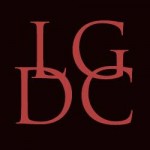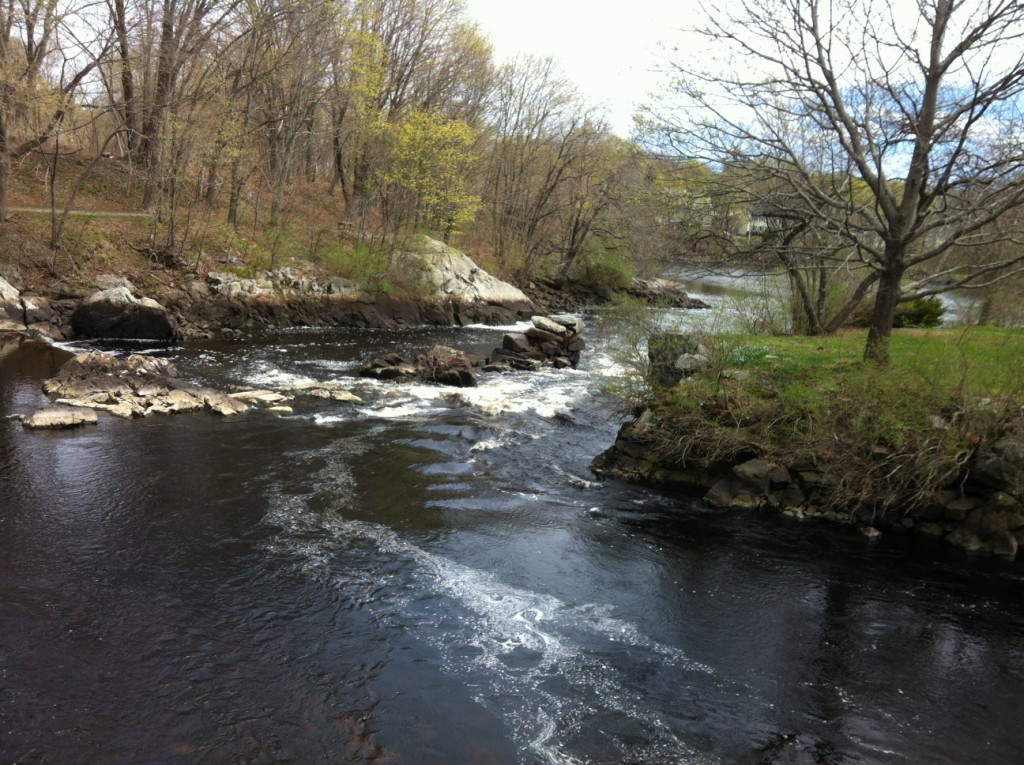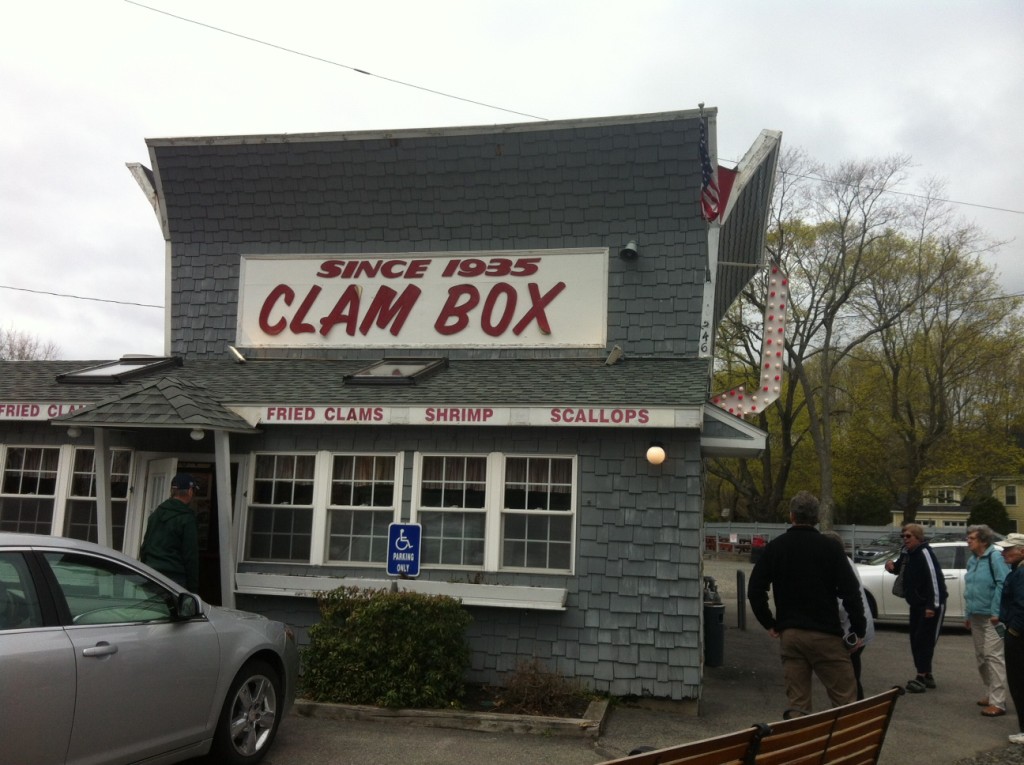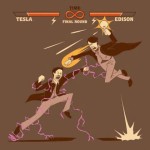 First I wrote a book on Nikola Tesla called Tesla: The Wizard of Electricity. And now a book on Thomas Edison called Edison: The Inventor of the Modern World. Both are published Fall River Press, an imprint of Sterling Publishing.
First I wrote a book on Nikola Tesla called Tesla: The Wizard of Electricity. And now a book on Thomas Edison called Edison: The Inventor of the Modern World. Both are published Fall River Press, an imprint of Sterling Publishing.
Edison: The Inventor of the Modern World is scheduled to be in Barnes and Noble stores in 2016. The manuscript has been accepted by publisher and is now in the design stage getting ready for the printer. And that means it’s time for a preview!
The Edison book will be in the same style as Tesla, with tons of photos, stories, and graphic art. Tesla was such a success that Sterling is making Edison the next book in what they hope to be a series. I can live with that. 🙂 Also like Tesla, Edison is written such that it appeals to a wide-ranging audience.
Here’s an outline of the chapter coverage:
Prologue
A brief story of interest providing insight into Thomas Edison’s life, along with a short overview of his career and contributions to society.
Chapter 1: Birth of an Inventor
The first chapter describes Edison’s birth and family life growing up in Ohio. We’ll explore how his father and mother influenced his early schooling – or lack thereof – and how he exhibited a precocious and inventive nature even at an early age. The chapter takes us through his coming of age and early work on the Grand Trunk Railroad as a “news butch,” a job that turned out to be much more adventurous for Edison than for most teenage boys. His early career as a telegraph operator gives us insight into his future.
Chapter 2: A Better Telegraph: The Beginnings of Invention
Tireless energy leads from telegraph operator to dozens of patents improving telegraphs, and signals the beginning of Edison’s inventive career. Resigning from Western Union to focus on becoming a full time independent inventor at the tender age of 22, Edison quickly makes a name for himself as a reliable and innovative external R&D department for the big companies of the day. Along the way he invents a stock ticker and a vote counting machine – his first patent – before stumbling upon the invention that made him a celebrity.
Chapter 3: Inventing the Art of Invention
One of Edison’s greatest contributions may have been the development of the state-of-the-art invention factory. First at Menlo Park, where he gained his epithet “The Wizard of Menlo Park,” and then for much longer at his lab in West Orange, New Jersey (not to mention Fort Myers, Florida and Schenectady, New York), Edison created a new way of bringing together skilled artisans and technicians focused on developing new products.
Chapter 4: Of Phonographs and Celebrity
While working late at night on an improved telegraph, Edison almost accidentally discovers the phonograph. This chapter takes us through the development process, the instant celebrity, and then the long decade of inaction that let others get ahead of him. It provides some insight into how he worked, and why he sometimes held himself back. One such quirk – his insistence that he alone could determine what people could see and hear despite his own profound deafness.
Chapter 5: Not Always at Work – Edison’s Family and Friends
Edison had a reputation of working 18 hours a day, but he was also a family man that fathered six children. This chapter examines his work/family balance (or lack thereof), his relationships with his wives and children, and some of his famous friends like Henry Ford, Harvey Firestone, and U.S. Presidents.
Chapter 6: Building a Better Lightbulb
This chapter examines Edison’s most iconic invention, the light bulb. Light bulbs existed already, but were insufficient for sustained indoor use. Edison and his team tested thousands of different filament materials to find the one that worked the best, then developed the entire direct current based system to put electric lighting in homes, businesses, and cities. We’ll look at his successes – and his failures – in accomplishing these goals both as stand-alone units and municipal utilities.
Chapter 7: The War of the Currents
Electrifying the world wasn’t accomplished overnight, and Edison had to fight many battles. First he battled the existing gas lighting system installed in virtually all edifices, then he battled the existing alternating current technology of arc lighting. He won those battles, but would go on to lose spectacularly in the final battle against the new polyphase alternating current systems of Westinghouse and Tesla. The chapter includes a look at how Edison was separated from General Electric, the company that formerly bore his name.
Chapter 8: Edison the Movie Mogul
While the phonograph made Edison famous despite its trials, the motion picture projector made him an icon of movie making despite Edison’s reluctance to develop it. The chapter looks at the process of developing motion pictures, the competition, and even some luck on Edison’s part, while also putting on display how Edison’s personality of control limited the success of this and other inventions.
Chapter 9: A Man of Many Talents
Edison was always looking at new avenues of invention, which often distracted him from fully maximizing the value of existing inventions. He threw himself (figuratively) into developing new ways to mine low-grade iron ore where others had failed, then when that didn’t work out, jumped to concrete building materials, then storage batteries for electric cars. He even experimented with X-rays until he almost blinded himself. Prior to and during World War I he took charge of a Naval Consulting Board for the government, evaluating and researching technological options for the war effort. Eventually he even tried to develop a domestic source of rubber for automobile and bicycle tires.
Chapter 10: A Legacy Like No Other
Despite many failed endeavors, Thomas A. Edison, Inc. became a brand that is still ubiquitous in our culture today. He received over 1000 patents, but most importantly changed how businesses viewed research and development. His methods of focused teamwork have become the standard today. And his name lives on. Hundreds of schools bear his name. He received awards, and medals are named after him. This chapter will sum up his amazing life, take a look at Edison in pop culture, and examine the work of organizations dedicated to carrying on his memory.
Appendix: Timeline of key events in Edison’s life
A summary of dates and events important in Edison’s life, including marriages, children, inventions, and critical conflicts with others that helped shaped his drive to compete.
If you liked Tesla: The Wizard of Electricity, you’ll also like Edison: The Inventor of the Modern World. Stay tuned.
David J. Kent has been a scientist for over thirty years, is an avid science traveler, and an independent Abraham Lincoln historian. He is the author of Tesla: The Wizard of Electricity and the e-book Nikola Tesla: Renewable Energy Ahead of Its Time. He is currently writing a book on Thomas Edison.
Follow me by subscribing by email on the home page. And feel free to “Like” my Facebook author’s page and connect on LinkedIn. Share with your friends using the buttons below.
Like this:
Like Loading...
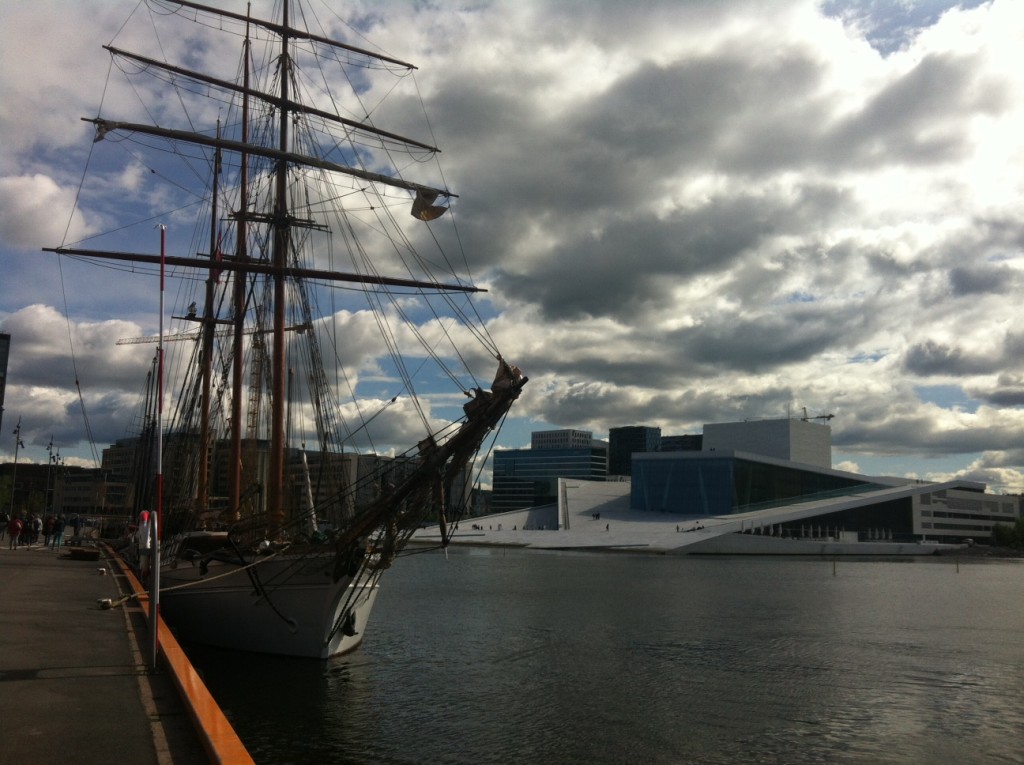
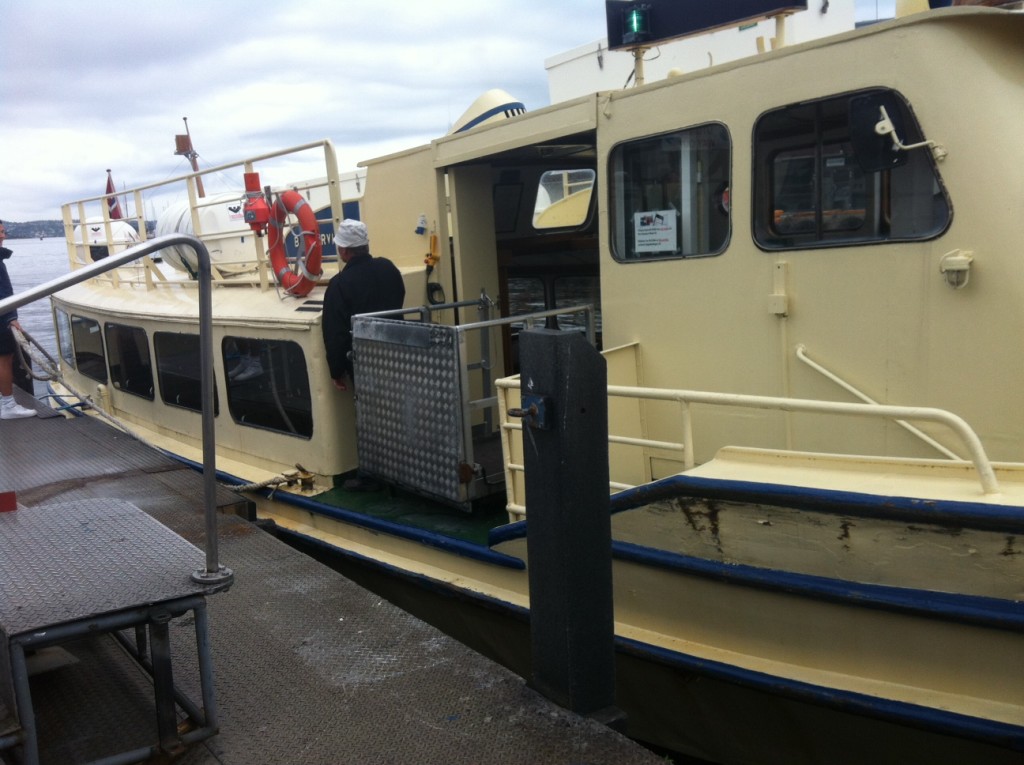
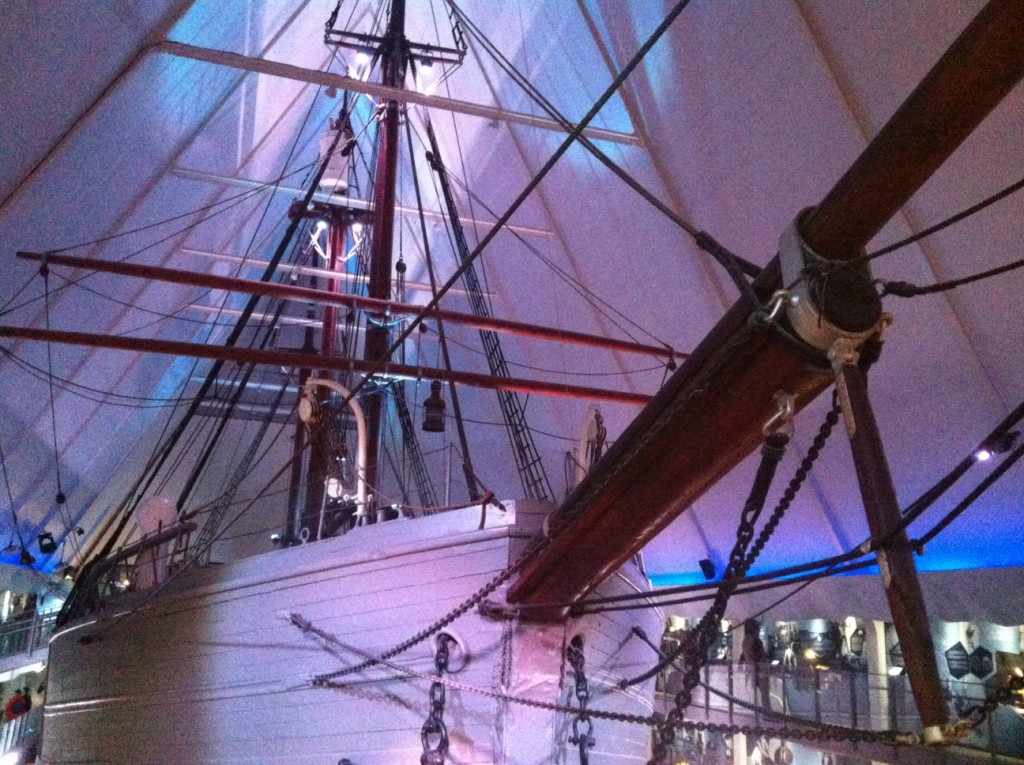



 Last week we took a look at how
Last week we took a look at how 
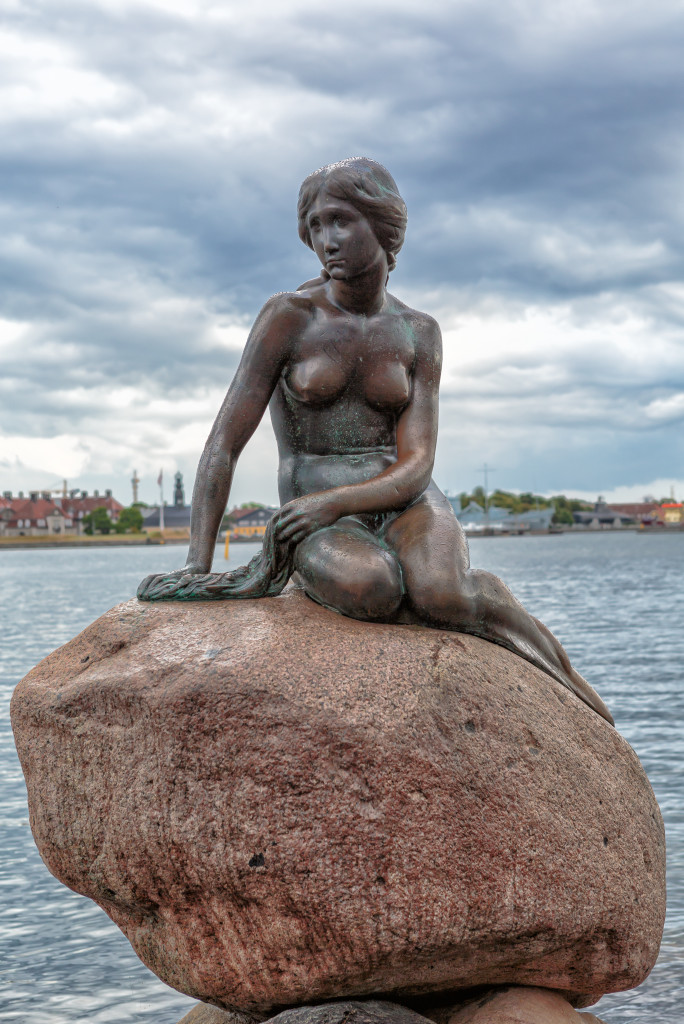

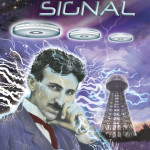 As a writer it’s always interesting to read other people’s writing, especially when they are people I know. Of course, interesting could mean either good or bad depending on the quality of the writing, but it seems I’ve been lucky because the books I’ve read by friends and acquaintances have been wonderful. That includes works by
As a writer it’s always interesting to read other people’s writing, especially when they are people I know. Of course, interesting could mean either good or bad depending on the quality of the writing, but it seems I’ve been lucky because the books I’ve read by friends and acquaintances have been wonderful. That includes works by 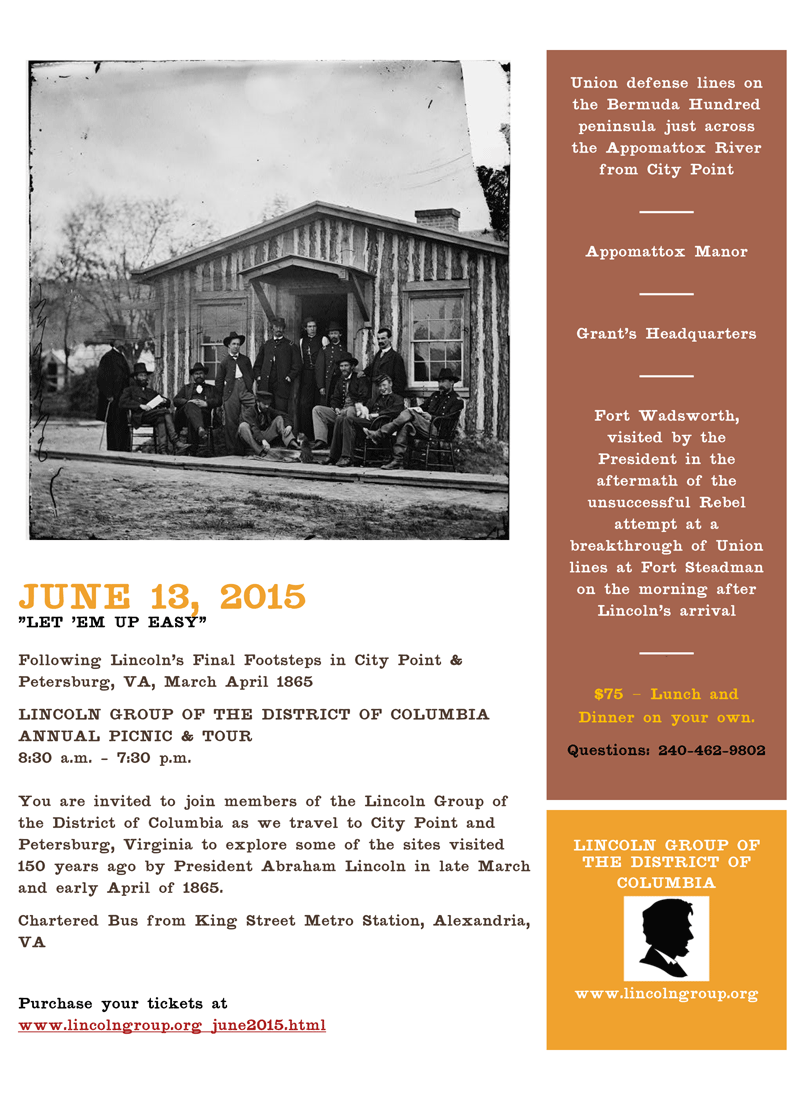
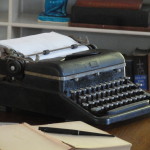 I’ve heard it a million times: “I can’t find time to write.” Often, that was me speaking. To some extent it still is me, though it lacks the credibility it had back when I was working a full-time consulting job (with commute). Somehow even with the consulting long in the past I’ve still managed to fill my daily calendar with activities that keep me “too busy to write.” The first part is a good thing; I suspect it will be many years before I get bored. The second part is getting harder and harder to say with a straight face.
I’ve heard it a million times: “I can’t find time to write.” Often, that was me speaking. To some extent it still is me, though it lacks the credibility it had back when I was working a full-time consulting job (with commute). Somehow even with the consulting long in the past I’ve still managed to fill my daily calendar with activities that keep me “too busy to write.” The first part is a good thing; I suspect it will be many years before I get bored. The second part is getting harder and harder to say with a straight face. First I wrote a book on Nikola Tesla called
First I wrote a book on Nikola Tesla called 